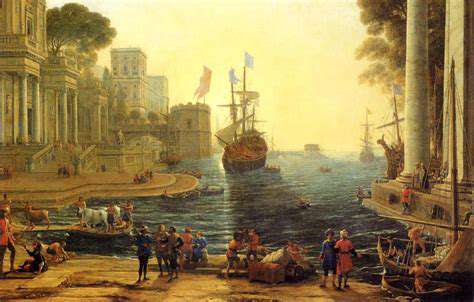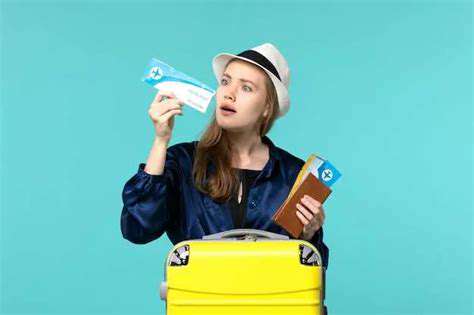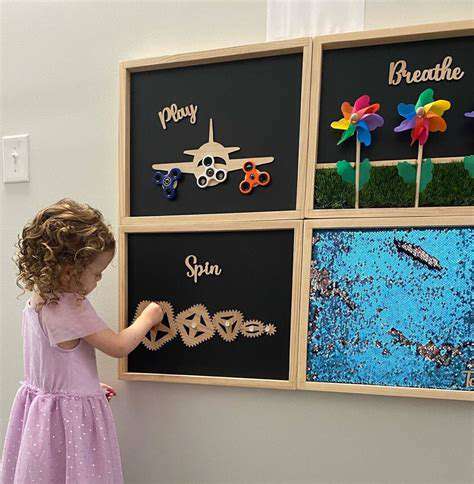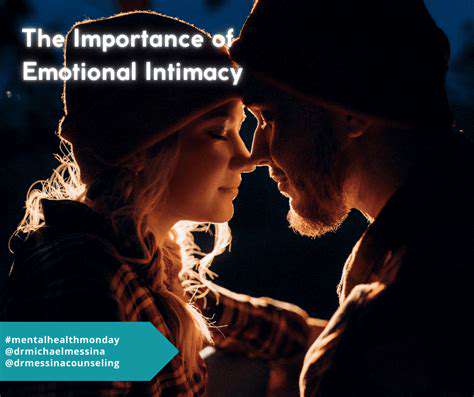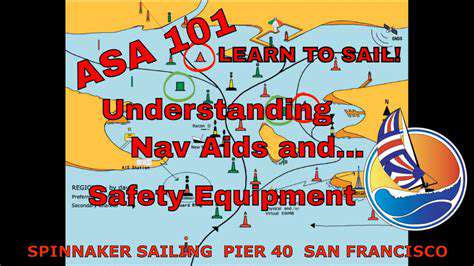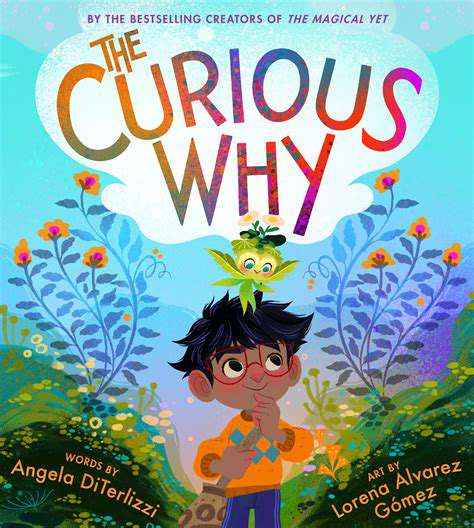A Guide to Wine Tasting in France
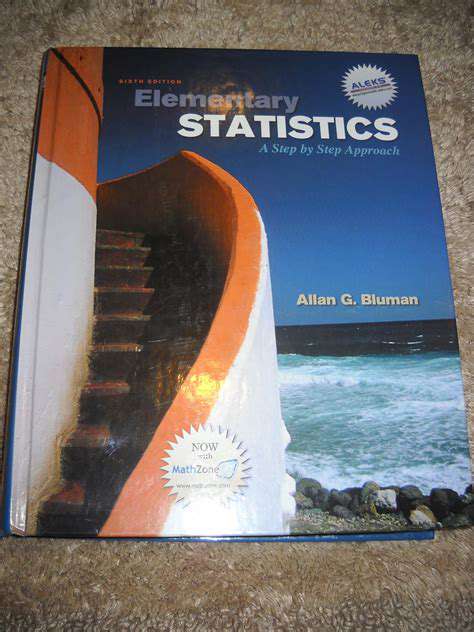
Unveiling the World of Wine
There's something magical about uncorking a bottle of French wine. The ritual itself feels like an invitation to explore centuries of tradition and craftsmanship. As you pour that first glass, you're not just tasting fermented grapes—you're experiencing a piece of French terroir, shaped by sun, soil, and skilled hands.
The true joy comes when you slow down and engage all your senses. Notice how the light plays through the liquid, how the aroma evolves as it breathes, how the flavors dance across your tongue. It's this mindful approach that transforms a simple drink into a memorable experience.
Selecting the Right Wines for Your Palate
Walking into a French cave à vin can feel overwhelming—shelves lined with bottles from every corner of the country. Here's a secret: the best wine isn't necessarily the most expensive or highly rated one. It's the bottle that speaks to your personal taste. Maybe you're drawn to the crisp minerality of a Chablis or the velvety texture of a Saint-Émilion. Trust those instincts.
Preparing for a Successful Wine Tasting
I'll never forget my first proper tasting in Bordeaux. The sommelier taught me that preparation begins long before the first sip. Cleanse your palate with neutral foods like plain bread or mild cheese. Use proper glassware—the shape really does affect the tasting experience. And most importantly, come with an open mind and curious spirit.
Hydration is your secret weapon. Alternate sips of wine with water to keep your palate fresh. And don't be afraid to spit—even professionals do it to maintain clarity through multiple tastings.
Exploring Different Wine Regions
Each French wine region tells its own story through the glass. The flinty intensity of Sancerre reflects its limestone soils, while the lush fruitiness of Côtes du Rhône whispers of sun-baked slopes. Tasting across regions is like taking a sensory tour of France's diverse landscapes.
Understanding Wine Pairing
There's an art to matching wine with food that goes beyond red with meat, white with fish. The best pairings create harmony—like how the acidity in a Chablis cuts through rich cheese, or how a fruity Beaujolais complements charcuterie. But rules are made to be broken—sometimes the most surprising combinations create the most delightful moments.
Tips for a Memorable Wine Tasting
Keep a notebook to record your impressions—you'll be surprised how your tastes evolve. Engage with winemakers when possible; their passion is contagious. Most importantly, remember that wine is meant to be enjoyed, not just analyzed. The best tastings are those where laughter flows as freely as the wine.
Key French Wine Regions and Their Characteristics
Bordeaux: A Blend of Elegance and Power
Bordeaux's wines are like well-aged leather-bound books—complex, layered, and revealing more with time. The Left Bank's Cabernet-dominant blends offer structure and longevity, while Right Bank Merlots provide approachable charm. Visiting châteaux here feels like stepping into wine history.
Burgundy: A Realm of Precision and Subtlety
In Burgundy, they don't make wine—they translate terroir. The same grape grown just meters apart can produce astonishingly different results. It's this hyper-local focus that makes Burgundian Pinot Noirs and Chardonnays so fascinating (and occasionally frustrating) to explore.
Loire Valley: A Tapestry of Varietals and Styles
The Loire offers refreshing counterpoints to heavier French wines. Their Sauvignon Blancs burst with citrus and grassy notes, while Cabernet Francs deliver peppery reds perfect for casual drinking. The valley's castles make stunning backdrops for tastings.
Alsace: A Symphony of Aromatic Whites
Alsace wines sing with aromatic intensity—floral Gewürztraminers, petrol-tinged Rieslings, and rich Pinot Gris. The Germanic influence shows in both the varietals and the charming half-timbered wineries dotting the Route des Vins.
Champagne: The King of Bubbles
There's nothing quite like tasting Champagne in the region's chalky cellars. The méthode traditionnelle creates textures ranging from creamy to razor-sharp. Visiting smaller growers reveals surprising diversity beyond the famous houses.
Rhone Valley: A Fusion of Power and Elegance
Northern Rhône Syrahs offer smoky, meaty complexity, while Southern blends showcase Grenache's sun-kissed fruit. The region's hearty cuisine provides perfect pairing partners for these robust wines.
Provence: A Bouquet of Sun-Drenched Whites and Rosés
Provence rosés embody summer in a glass—pale salmon hues, delicate red fruit, and refreshing acidity. Tasting them overlooking lavender fields or Mediterranean vistas enhances their appeal.
Preparing for Your Wine Tasting Adventure
Essential Wine Tasting Etiquette
French wine culture values respect—for the wine, the producer, and fellow tasters. When visiting cellars, arrive on time and avoid strong perfumes that might interfere with aromas. It's perfectly acceptable to decline pours if you've reached your limit.
Choosing Your Wine Tasting Experiences
Consider what kind of experience you want: intimate family estates or grand châteaux? Technical deep-dives or casual samplings? Many smaller producers require appointments but offer more personal interactions. Planning ahead ensures you don't miss hidden gems.
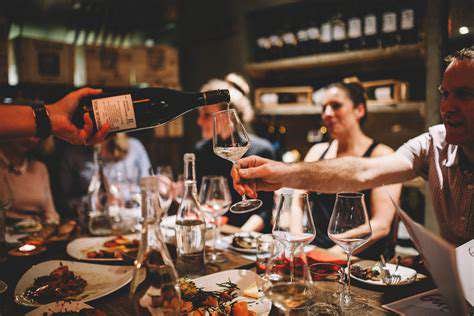
Beyond the Tasting: Exploring the Culture of Wine in France
A Deep Dive into French Wine Regions
Understanding French wine means appreciating how terroir shapes character. The same grape expresses differently in Bordeaux's gravel versus Burgundy's limestone. Visiting vineyards reveals these nuances in ways tasting alone cannot.
The Art of Wine Appreciation: Beyond the Sip
True appreciation comes from context—learning about vintage variations, traditional methods, and regional histories. This knowledge transforms each glass into a conversation with place and time.
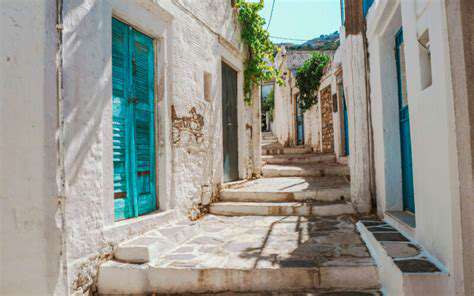


![How to Pack a Carry On Only [Minimalist Guide]](/static/images/27/2025-05/AccessoriesandDocuments3AKeepingitCompactandOrganized.jpg)

